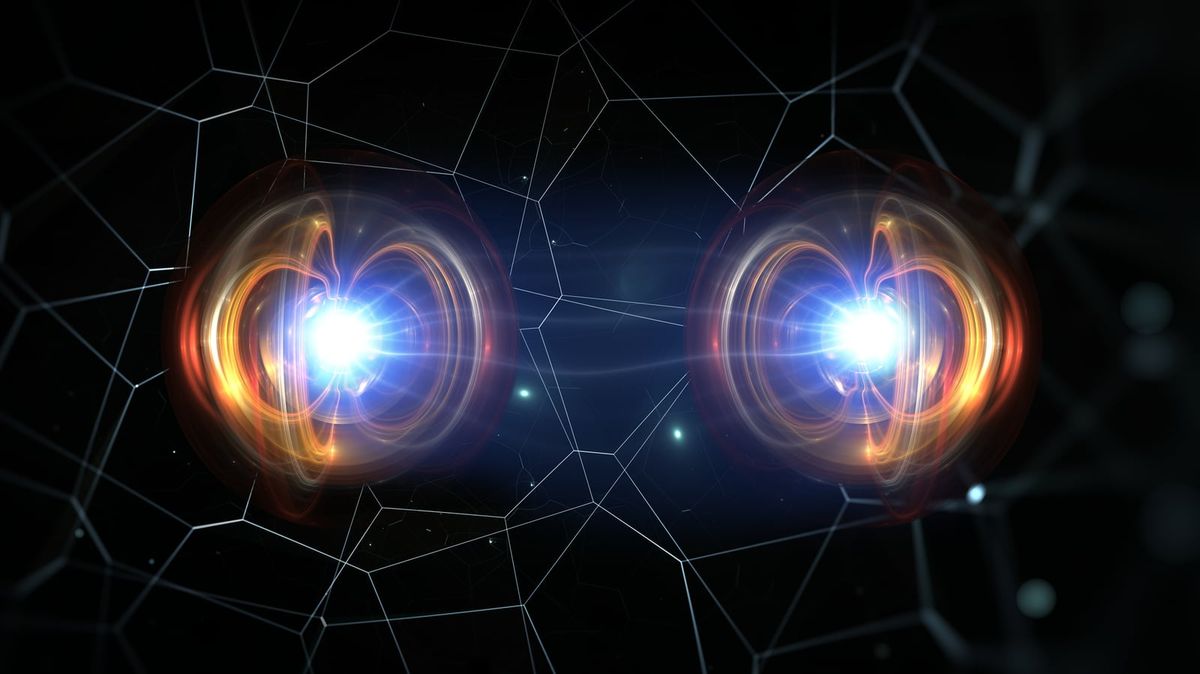- Aug 17, 2014
- 11,074
A team of researchers with the University of Chicago have achieved unheard-of qubit density thanks to a new, hybrid quantum design. Leveraging two types of qubits, the researchers could pack 512 quantum computing units in the same array, establishing a new record in the process. However, not all of these qubits are equal; and that's by design. The research could bring hybrid quantum computing designs to the forefront to enable more effective quantum scaling.
Typical qubit arrays are all made of the same type of qubits working in entangled tandem (whether based on trapped ions, topological superconductors, or photonics, to name a few). This allows system designers to call all of the computing resources (qubits) with the same technique whilst streamlining the requirements for qubit coherence. Specific qubit implementations are more sensitive to certain environmental or data-collecting conditions, so researchers and quantum system designers harden their systems for those conditions.
In addition to fostering more controllable environments, building arrays from the same qubit type allows qubits to be addressed in ever greater numbers, unlocking higher performance or more complex circuit layer operations (CLOPS), which is the proposed IBM work-unit for quantum computing. Issues arise when the time comes to perform measurements on the computations' results or when some of the workload parameters need to be updated. However, even the tiniest of changes in the qubits' environment can provoke catastrophic decoherence or, at the very least, introduce errors in the calculations. This problem is exacerbated in arrays of similar qubits, as interacting with a single qubit can have unintentional spillover effects towards its neighbors, destroying their coherence.
Well, it turns out that pairing two different types of qubits in the same array allows for measurements and operations to be carried out without affecting coherence in the other. The University of Chicago researchers created a hybrid array with equal parts cesium and rubidium qubits - 256 each for 512 total - placed in an alternating pattern. Due to this deposition design, each atom is surrounded by atoms from the other element. Since each of these elements requires a specific laser wavelength forinteraction, this means that changing or reading the state of a cesium atom (or group of cesium atoms) can be done whilst minimizing interference with rubidium-based qubits, as they're not sensitive to the same laser wavelengths (the reverse is also true).

Researchers Unveil Hybrid 512-Qubit Quantum Array With Zero Downtime
Building an array of two different qubit types can be key for quantum scaling.
